The Caribbean’s most rewarding destinations often lie beyond the reach of massive cruise ships, where smaller islands maintain their authentic character and local communities haven’t been overwhelmed by tourism infrastructure. These islands require more planning to reach, but the effort is rewarded with experiences that feel genuinely Caribbean rather than theme park versions of island life.
Many of these destinations lack the deep harbors needed for modern cruise ships, while others have deliberately limited tourism development to preserve their natural and cultural heritage. Here’s a list of 15 Caribbean islands that offer authentic experiences without the crowds.
Saba
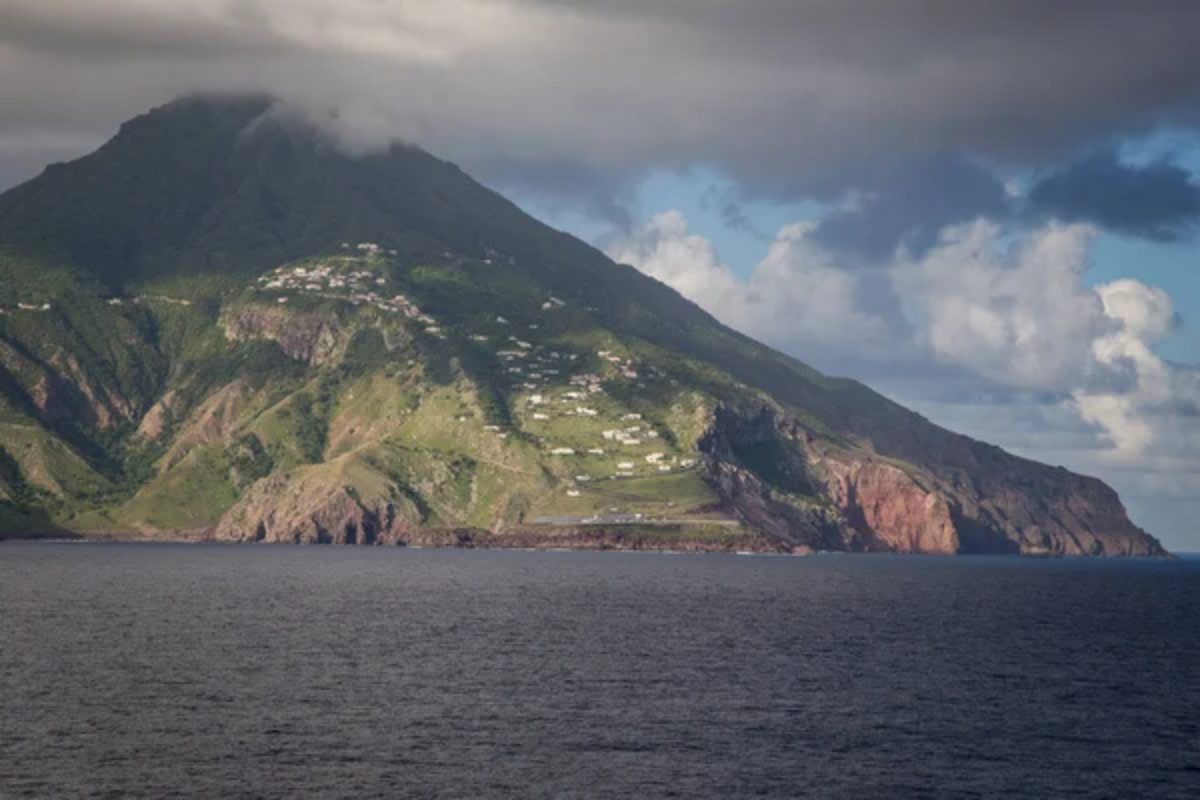
This Dutch territory rises dramatically from the sea like a volcanic mountain topped with rainforest, creating some of the Caribbean’s most spectacular scenery in just five square miles. The island’s single road winds through landscapes that change from desert to tropical forest within minutes, while the capital—aptly named The Bottom—sits in an extinct volcanic crater.
Diving here ranks among the world’s best, with underwater pinnacles that attract marine life in concentrations that larger, more developed islands can’t match.
Dominica
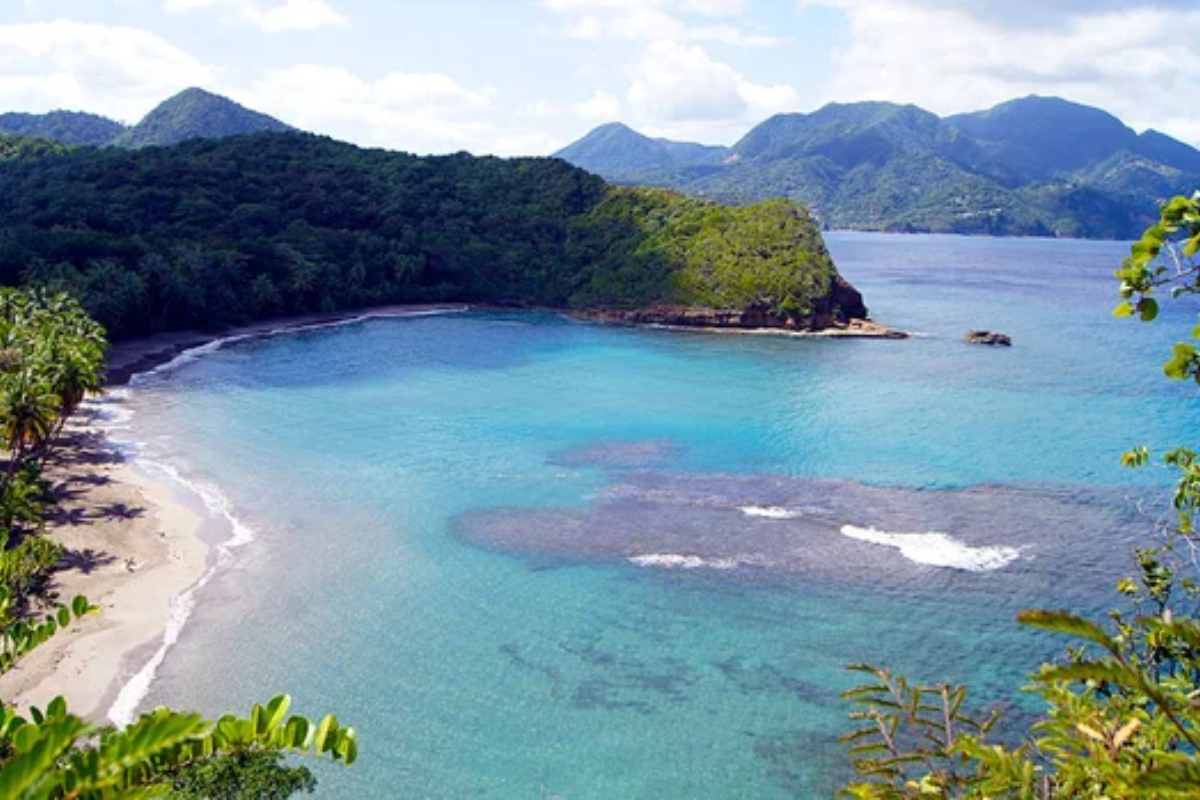
Known as the ‘Nature Island,’ Dominica offers rainforest adventures and whale-watching opportunities that cruise passengers simply can’t experience during brief port visits. The island’s mountainous interior contains waterfalls, hot springs, and hiking trails that require time and effort to reach properly.
Sperm whales live in the deep waters offshore year-round, creating wildlife viewing opportunities that depend on patience rather than schedules.
Like Travel Pug’s content? Follow us on MSN.
Nevis

The smaller half of the St. Kitts and Nevis Federation maintains a pace of life that feels almost unchanged from colonial times, with sugar plantation ruins scattered across an island you can drive around in an hour. The Four Seasons resort anchors the island’s upscale accommodations, but local guesthouses and restaurants provide more authentic experiences for travelers willing to venture beyond resort boundaries.
Hot springs bubble up naturally in various parts of the island, creating spa experiences that don’t require expensive treatments.
Montserrat

The ‘Emerald Isle of the Caribbean’ combines Irish heritage with volcanic drama—the Soufrière Hills volcano destroyed much of the island in the 1990s, creating a moonscape that coexists with lush tropical vegetation. The buried capital city of Plymouth creates an eerie Pompeii-like attraction, while the northern part of the island continues normal life with a resilient local population.
Live music sessions in local bars feel authentically Irish-Caribbean, a cultural fusion you won’t find anywhere else.
Carriacou
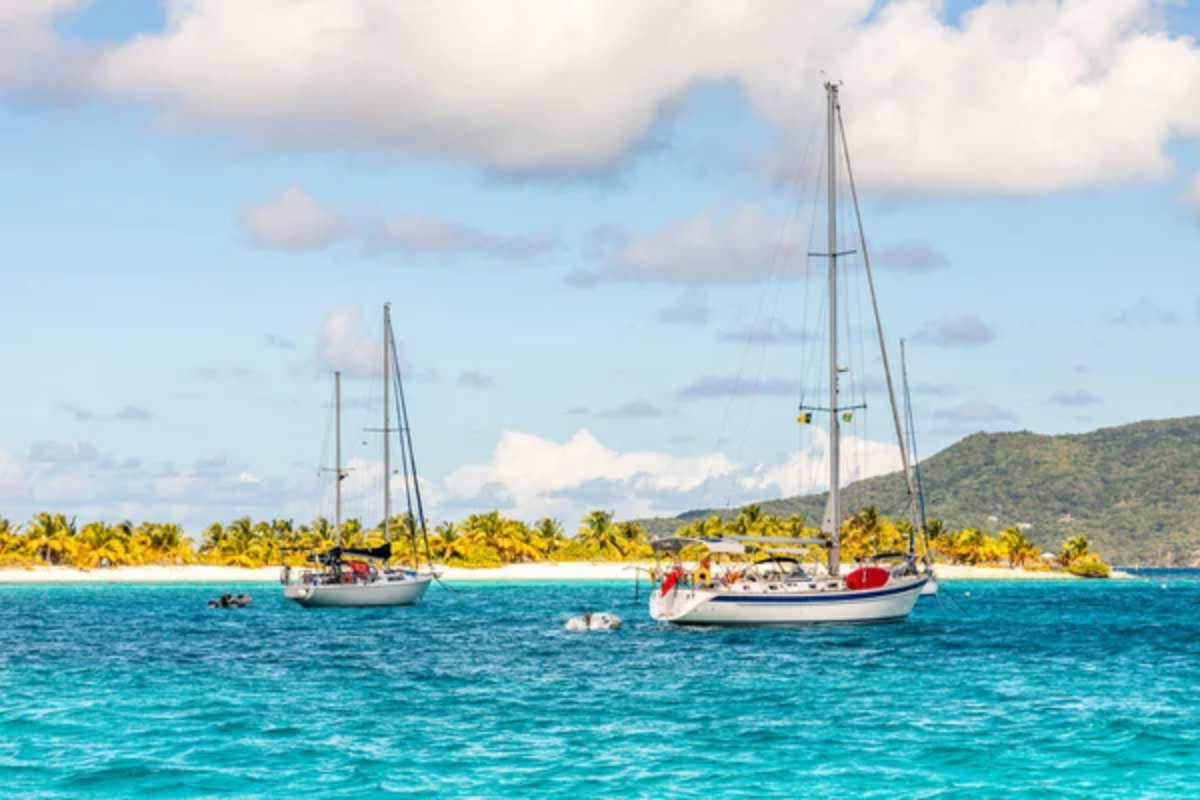
This Grenadian dependency moves at a pace that makes other Caribbean islands seem rushed, with traditional boat-building and fishing industries that continue operating as much as they have for generations. The island’s Regatta Festival in August showcases sailing traditions that connect directly to the island’s maritime heritage.
Local restaurants serve fresh seafood that was swimming the same morning, prepared with spices grown in backyard gardens.
Like Travel Pug’s content? Follow us on MSN.
Bequia
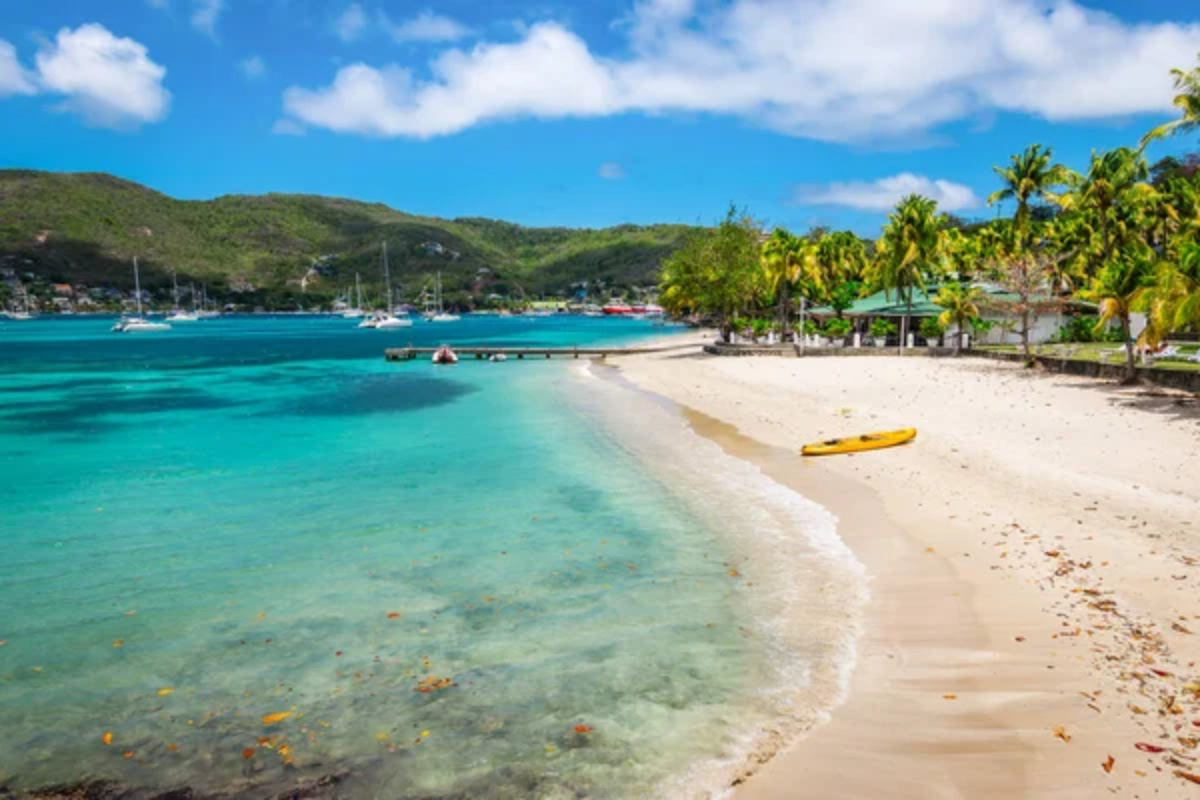
The largest Grenadine island maintains strong sailing traditions while offering upscale accommodations that don’t overwhelm the local community. The harbor fills with yachts during winter months, creating a social scene that revolves around waterfront bars and restaurants rather than resort pools.
Local artisans craft model boats that reflect generations of maritime knowledge, while the beaches remain largely uncommercialized despite their obvious beauty.
Salt Cay
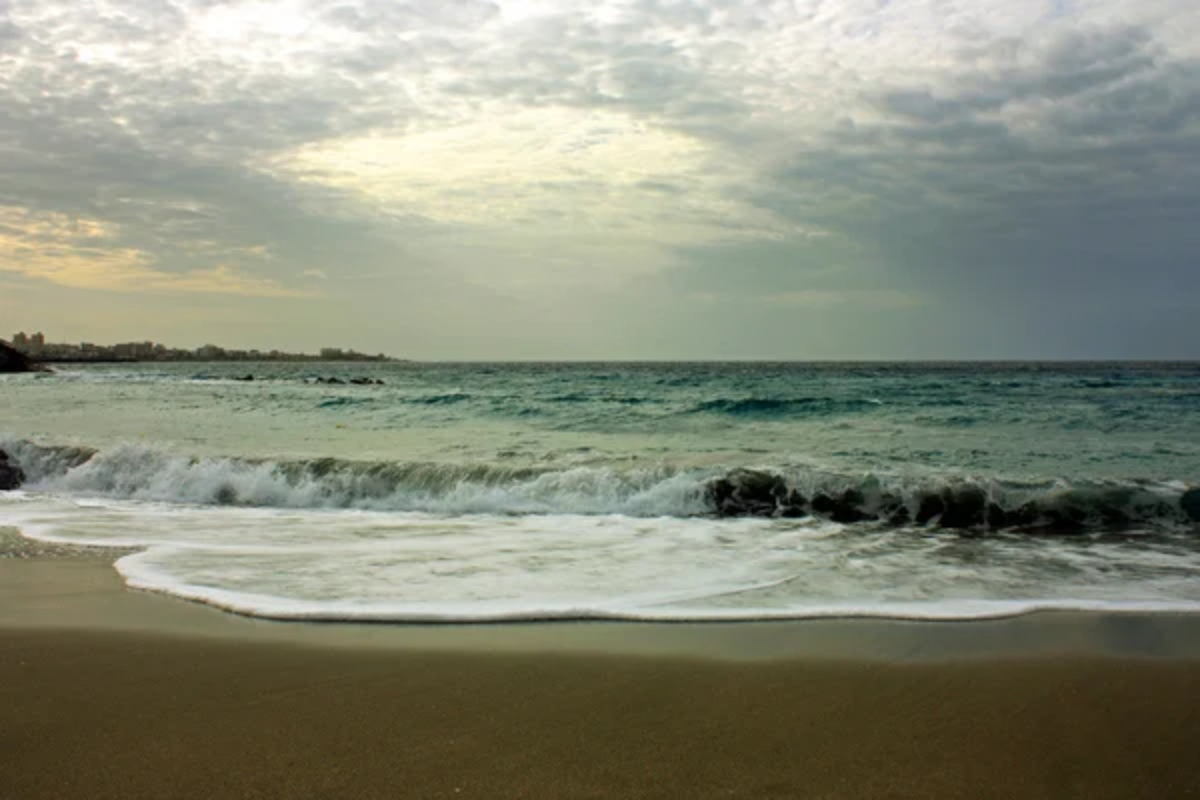
This tiny Turks and Caicos island feels like stepping back in time, with abandoned salt works and colonial architecture that reflects a more prosperous past. The lack of development means beaches that stretch for miles without a single hotel or restaurant in sight.
Humpback whales migrate past the island from January through April, often close enough to shore that you can watch them from the beach.
Anegada
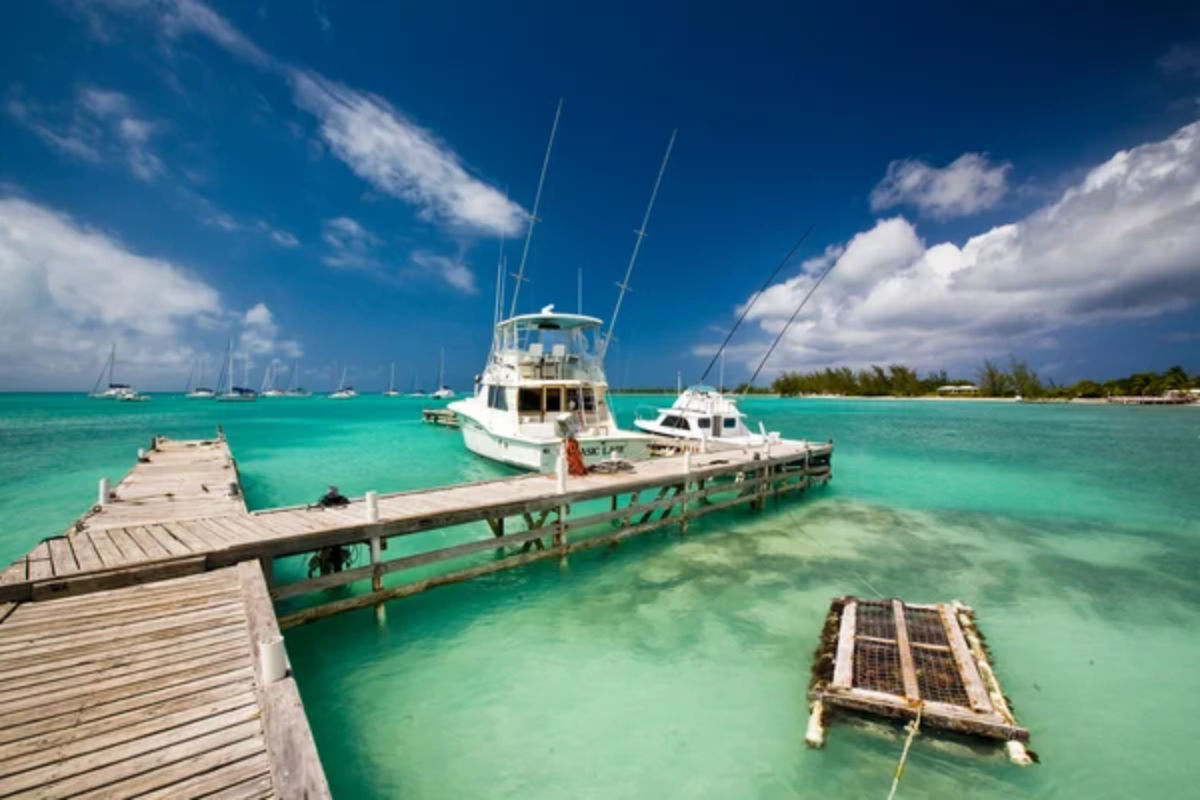
The British Virgin Islands’ only coral island sits barely above sea level, creating miles of pristine beaches and some of the Caribbean’s best bone fishing. The island’s flamingo population provides unexpected wildlife viewing, while the local lobster industry means incredibly fresh seafood prepared with minimal fuss.
The flat terrain and coral reefs that surround the island created hundreds of shipwrecks over the centuries, making this a world-class diving destination.
Like Travel Pug’s content? Follow us on MSN.
Île des Saintes
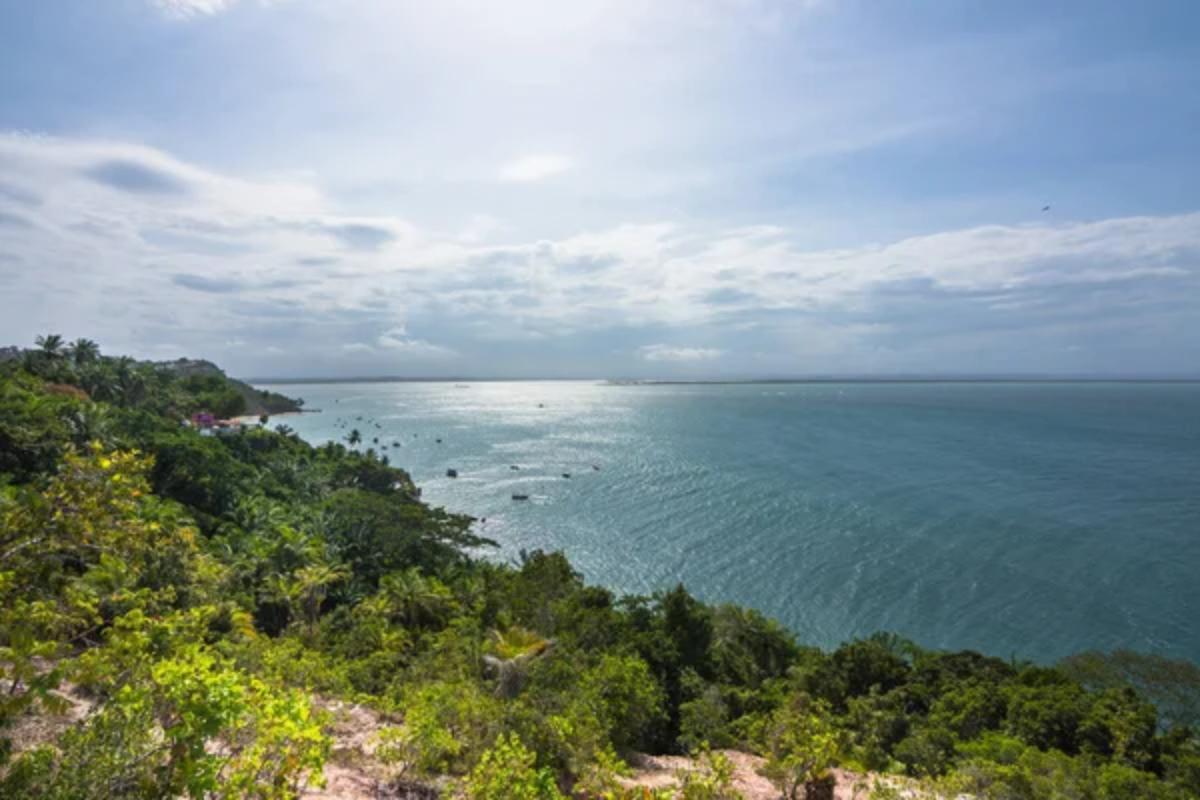
This French territory near Guadeloupe combines Breton fishing traditions with Caribbean settings, creating a cultural mix that feels distinctly different from other island destinations. The Pain de Sucre (sugarloaf) mountain provides hiking with views that extend across multiple islands on clear days.
Local fishermen still use traditional boats called saintoises, painted in bright colors that reflect both practical and aesthetic considerations.
Culebra
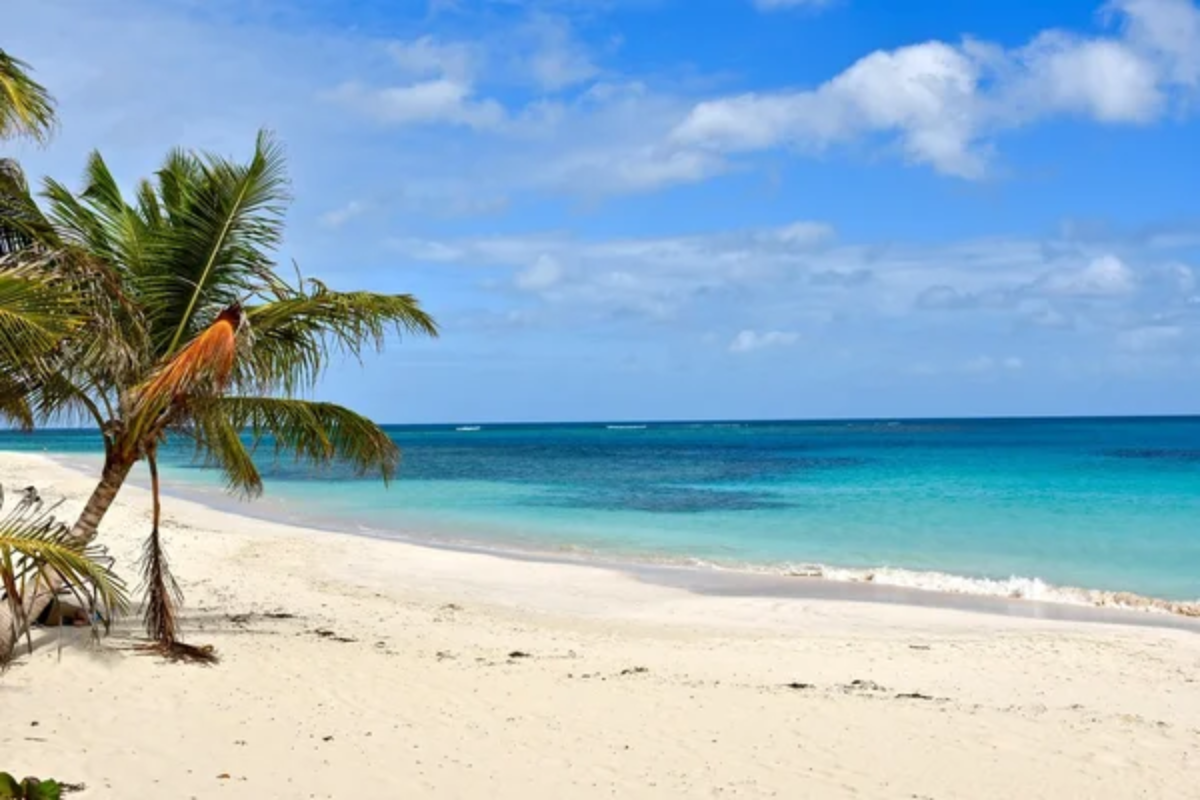
Puerto Rico’s small island municipality offers some of the territory’s best beaches without the development pressure that affects the main island. Flamenco Beach consistently ranks among the world’s best, while the lack of large hotels means you’ll share it with local families rather than resort guests.
The island’s wildlife refuge protects nesting sea turtles and provides birdwatching opportunities that change dramatically with the seasons.
Little Corn Island
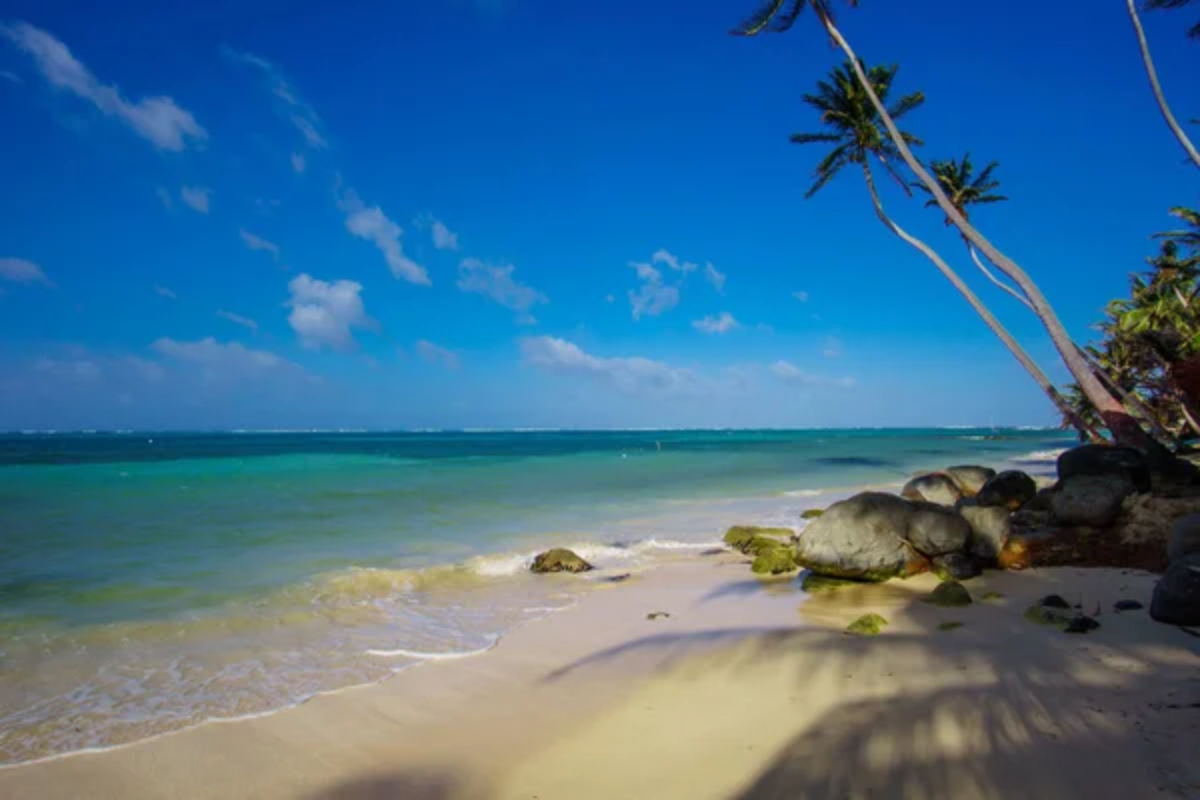
Nicaragua’s Caribbean coast island requires a boat ride from Big Corn Island, but that extra step eliminates casual visitors and maintains an atmosphere where locals outnumber tourists significantly. The absence of cars means walking or bicycling everywhere, creating a pace of life that forces relaxation, whether you planned it or not.
Fresh lobster costs less here than processed food in most US cities, while local musicians play genres that blend Caribbean, Central American, and indigenous influences.
Like Travel Pug’s content? Follow us on MSN.
Jost Van Dyke
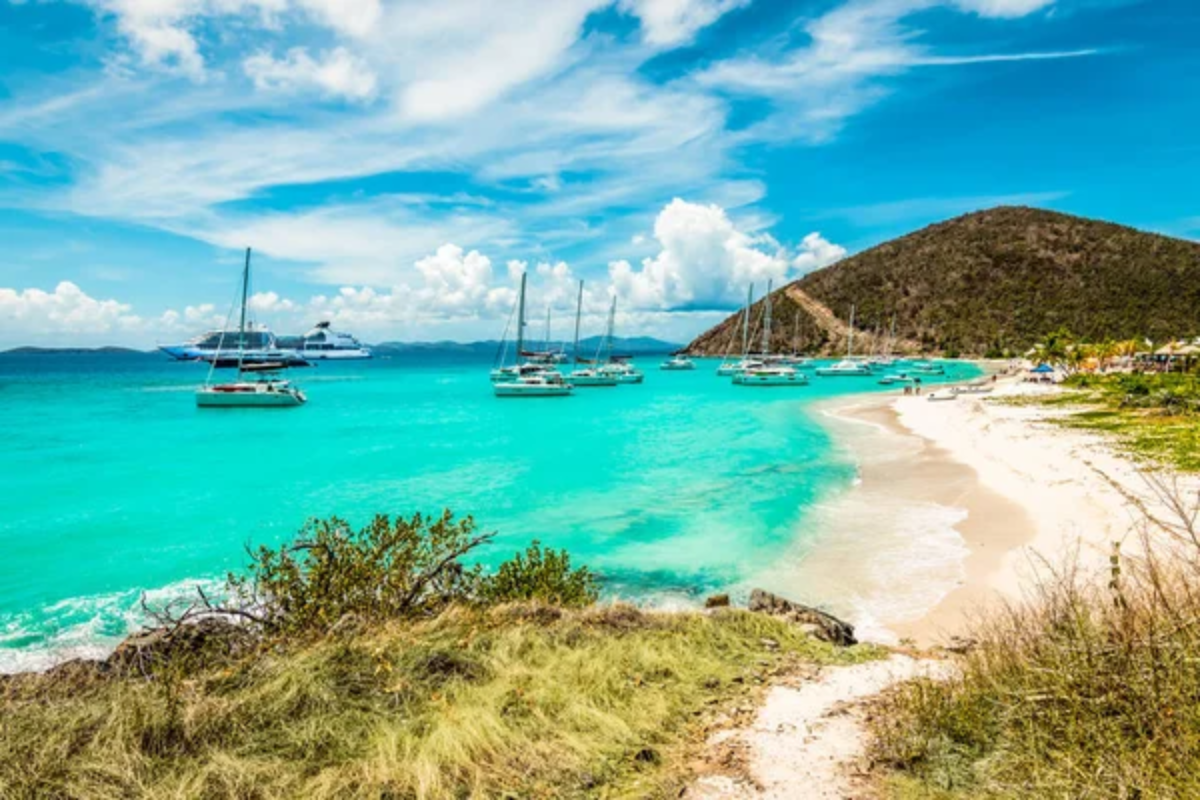
This British Virgin Islands destination built its reputation around Foxy’s Bar and the Soggy Dollar Bar, but the island offers much more than just party scenes for sailors. The mountainous interior provides hiking trails with views across the entire BVI chain, while local restaurants serve traditional Caribbean dishes that haven’t been adapted for tourist tastes.
New Year’s Eve celebrations here have achieved legendary status among Caribbean sailing communities.
Barbuda
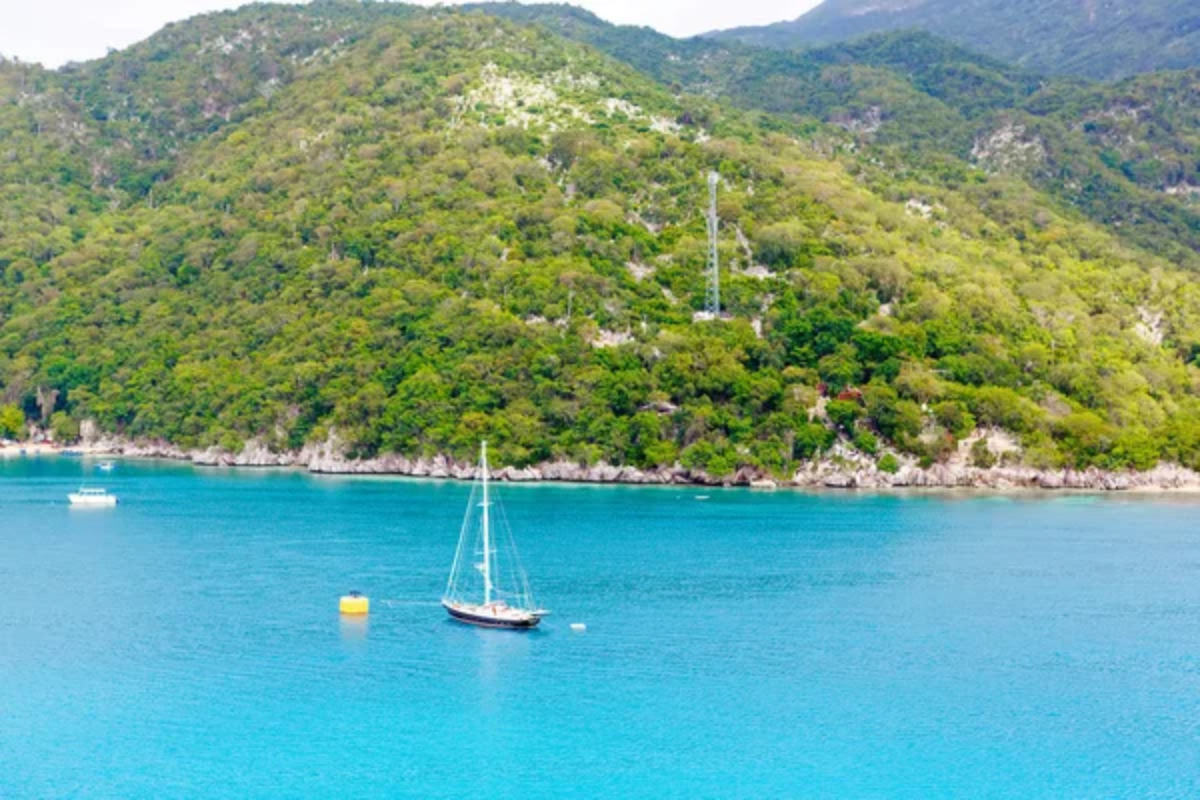
Antigua’s sister island maintains a population of just over 1,000 people spread across 62 square miles, creating a sense of space and solitude that developed Caribbean islands can’t offer. The frigate bird sanctuary contains one of the largest colonies in the western hemisphere, while pink sand beaches stretch for miles without development.
Hurricane Irma devastated the island in 2017, but recovery efforts have focused on rebuilding communities rather than expanding tourism infrastructure.
Union Island
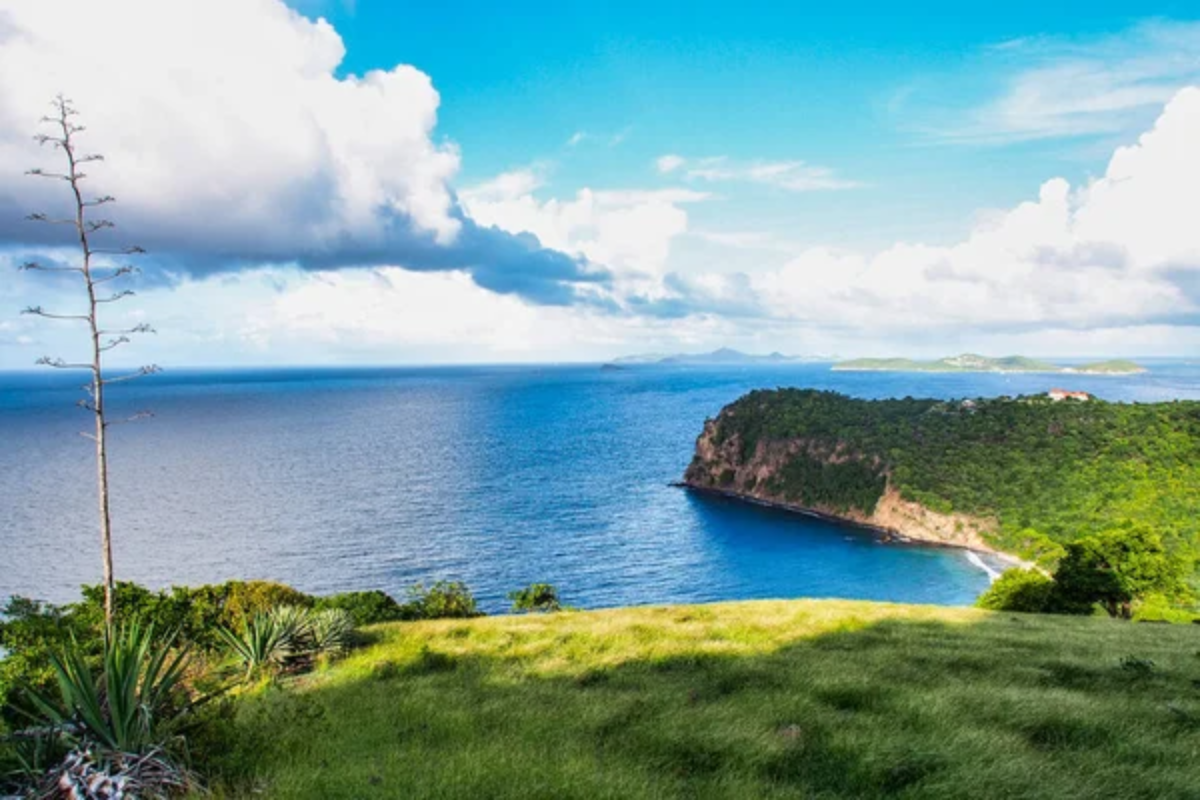
The southernmost Grenadine combines dramatic mountainous landscapes with excellent sailing conditions, creating natural harbors that attract yachts from around the world. The annual Easter Regatta draws serious sailors and party-goers in equal measure, but most of the year, the island maintains a quiet, authentic Caribbean atmosphere.
Local fishermen still use traditional techniques, while the markets offer produce grown in mountain gardens that benefit from elevation and rainfall.
Like Travel Pug’s content? Follow us on MSN.
Petit St. Vincent
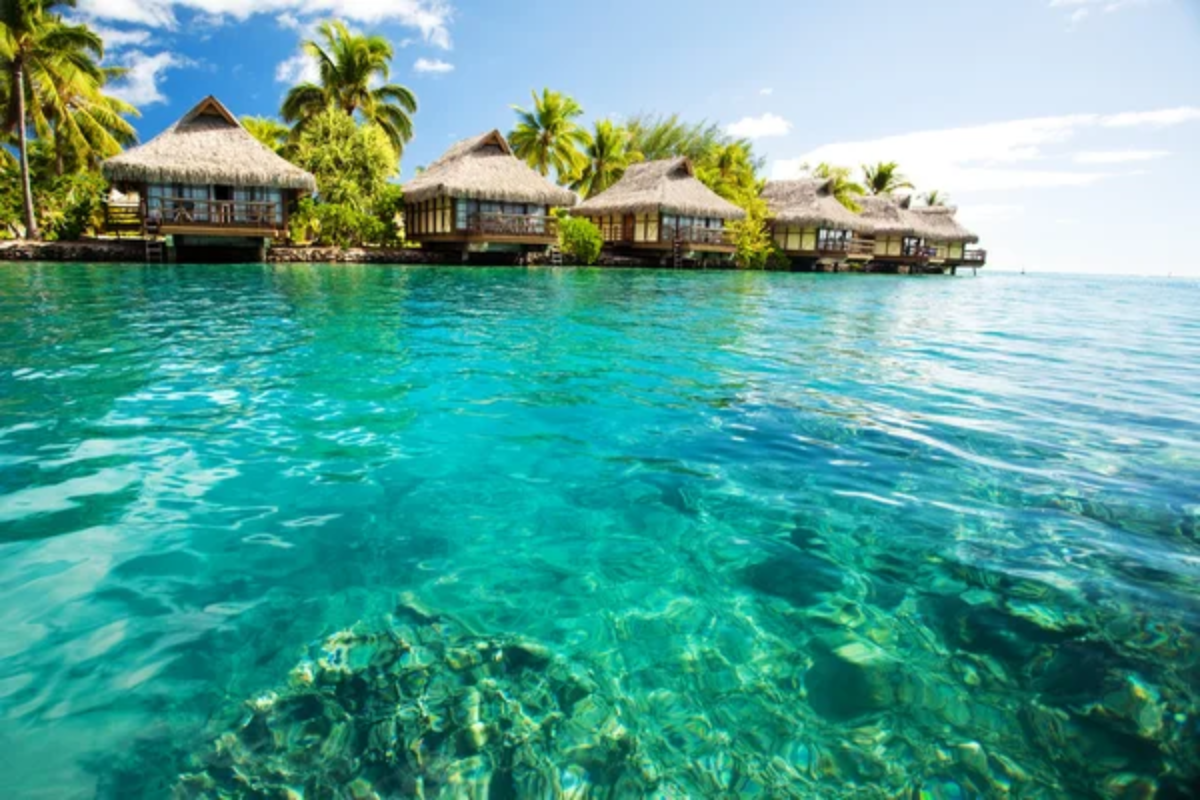
This private island resort in the Grenadines represents the ultimate in Caribbean exclusivity, but day trips from nearby islands provide access to beaches and snorkeling that rival any destination in the region. The island’s no-phones, no-TVs policy creates an atmosphere of genuine escape that larger resorts can’t replicate.
The surrounding waters contain some of the Caribbean’s clearest water and most pristine coral reefs.
Island Time Redefined

These lesser-known Caribbean destinations prove that the region’s most rewarding experiences often require effort to reach—the journey becomes part of the adventure rather than an obstacle to overcome. Each island maintains distinct cultural characteristics that reflect its unique history and geography, creating travel experiences that feel authentic rather than manufactured.
The absence of cruise ship crowds means interactions with locals happen naturally, creating connections that transform visits from sightseeing into genuine cultural exchange.
More from Travel Pug

- 20 Best Beach Towns in the Carolinas
- 13 Destinations Where Tourists Regularly Regret Their Trip
- 20 Destinations That Are More Magical Without an Itinerary
- 20 Underrated Adventures That Belong on Your Travel List
- 20 Cities Where You Should Just Wing It, No Planning Required
Like Travel Pug’s content? Follow us on MSN.
